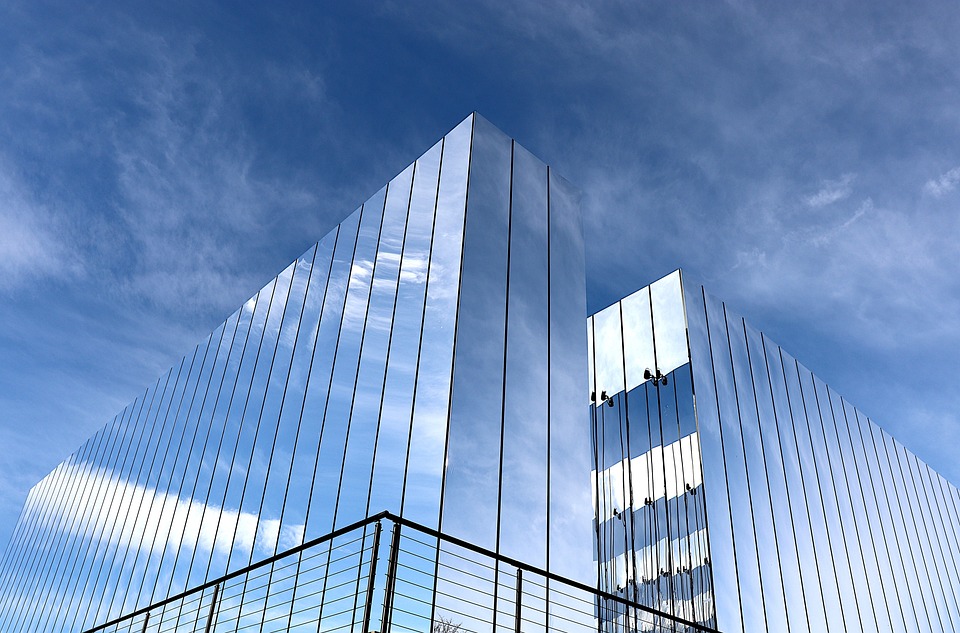Empowering Communities: The Transformative Influence of Artistic Contribution
The Role of Art in Empowering Communities
Art has the power to bring people together, inspire change, and empower communities. Whether it’s through music, visual arts, dance, or theater, artistic expression has the ability to shape societies and influence individuals in profound ways. Artists have the unique ability to capture and convey the emotions, struggles, and triumphs of a community, making art an essential tool for social change and empowerment.
In many communities around the world, art plays a vital role in preserving cultural heritage, fostering creativity, and providing a voice for marginalized groups. Through public art projects, community workshops, and cultural events, artists are able to engage with residents, spark dialogue, and build connections that help strengthen the fabric of the community. By showcasing diverse perspectives and experiences, art can challenge stereotypes, promote empathy, and bridge cultural divides.
Art as a Tool for Social Justice
Artistic expression has long been used as a form of social activism and a means to advocate for justice, equality, and human rights. From the Civil Rights Movement in the United States to the Arab Spring in the Middle East, art has played a pivotal role in mobilizing communities, raising awareness, and inspiring action. Through powerful imagery, music, and storytelling, artists have the ability to shine a light on systemic injustices, amplify the voices of the oppressed, and galvanize support for social change.
One example of art’s transformative influence is the global street art movement, which has become a powerful tool for social and political expression. Street artists around the world use murals, graffiti, and public installations to address pressing social issues, challenge authority, and reclaim public spaces. Through their work, these artists are able to engage with local communities, provoke dialogue, and create a sense of solidarity among residents. By using art as a form of protest and resistance, these artists are able to bring attention to important social issues and inspire others to take action.
Art and Community Development
Artistic contributions have become increasingly important in community development initiatives, as they have the potential to transform neglected or blighted areas into vibrant, thriving spaces. Through public art projects, community murals, and cultural events, artists are able to revitalize neighborhoods, stimulate economic growth, and create a sense of pride and ownership among residents. By involving community members in the creative process, artists are able to build partnerships, foster collaboration, and strengthen social ties within the community.
One example of art’s impact on community development is the Detroit Artists Market in Detroit, Michigan. This non-profit organization has worked with local artists to create public art installations, murals, and galleries in vacant buildings and empty lots throughout the city. Through their work, the Detroit Artists Market has helped transform blighted areas into vibrant cultural hubs, attracting visitors, stimulating economic activity, and revitalizing the community. By harnessing the power of art, this organization has been able to create a sense of hope and possibility in a city that has faced significant challenges.
Conclusion
Artistic contribution has the power to empower communities, foster social change, and inspire individuals to take action. Through their creativity, passion, and dedication, artists are able to bridge cultural divides, challenge social injustices, and build connections that help strengthen the fabric of society. By engaging with residents, sparking dialogue, and creating spaces for self-expression, artists have the ability to transform neglected neighborhoods into vibrant, thriving communities.
As we look to the future, it is clear that art will continue to play a vital role in community development initiatives, social justice movements, and efforts to promote equality and inclusion. By supporting and celebrating the contributions of artists, we can harness the transformative power of art to build bridges, empower individuals, and create a more just and equitable world for all.

Leave a Reply